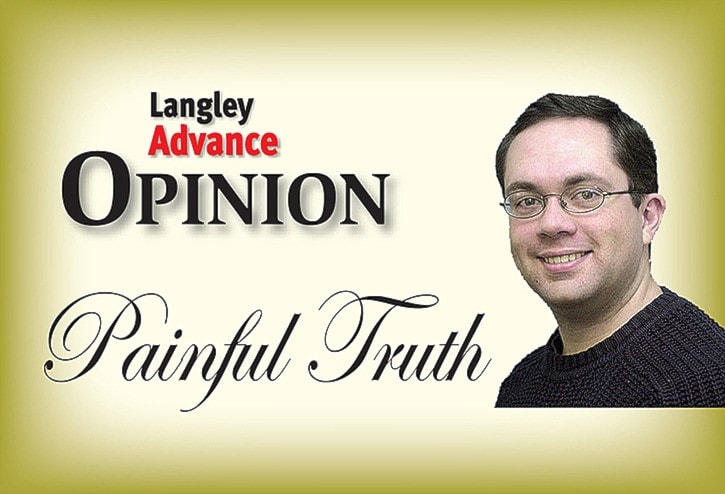If a city is a collection of people in a single urban area, then we draw and re-draw lines around the cities of Metro Vancouver endlessly.
Is Metro Vancouver a single city, stretching from Lions Bay all the way down to Delta in the south, and Abbotsford and Mission in the east?
Or should we use natural divisions such as rivers and inlets? Then Vancouver through to the Tri-Cities is one community, the North Shore another, the South of the Fraser still another, with Ridge Meadows and Richmond isolated by water.
Another way is to note that different kinds of built environment attract different people. The dense urban core of high-rise condos in Vancouver will have inhabitants with different lifestyles than a spread-out suburb like parts of Surrey, 91原创, or Maple Ridge.
A surprising amount is affected by the environment in which we choose to live. It affects our energy footprint, our likelihood of owning a car, our eating and shopping habits, the number of steps we walk in a day, the amount of time we spend outdoors, the leisure activities we pursue.
So I propose we look at the city that has been slowly emerging since the mid-1980s in Metro Vancouver: a city united by the raised concrete guideways of the SkyTrain.
Burnaby is at present in the middle of a high-rise building boom. Richmond鈥檚 core around Number 3 Road and Westminster, has a density as high as Vancouver鈥檚 downtown. Coquitlam is seeing entire new neighbourhoods spring up in certain pockets.
What all those areas have in common is that they are linked by SkyTrain. With the Evergreen Line finally expected to start running this year, tens of thousands of residents will find themselves within the boundaries of SkyTrain City.
What鈥檚 different about living within a short walk of the SkyTrain? Due to the way the existing lines are laid out, whether Expo, Millennium, or Canada, it means that nowhere within a short distance of SkyTrain is that far. It means you can be in any one of a variety of neighbourhoods within half an hour to 45 minutes.
It means that other neighbourhoods, even those in your own city, become remote, if you don鈥檛 have a car. For a resident of downtown Richmond, getting to Surrey鈥檚 city hall and malls will be easier than getting to nearby Tsawwassen.
Given the incredible expense of housing, and the expansion of the SkyTrain network, more and more people will join the carless minority in Metro Vancouver. They鈥檒l be retirees and young people, families and individuals, new Canadians and longtime residents.
And they will constitute their own subculture, one that will cross cities and which will have its own views on certain issues, particularly transit and urban planning.
It鈥檚 unlikely that the inhabitants of SkyTrain City will ever be a majority in Metro Vancouver, the way similar mass-transit-using groups are in New York City or London. But if we do get another light rail or SkyTrain line through Surrey to 91原创, and another subway or SkyTrain line out to UBC in Vancouver, their numbers will swell.
Though divided among many municipalities, they will begin to make their needs felt increasingly, and not only across the region but at the provincial and even the national level. I鈥檓 looking forward to seeing what kind of city they create, stretching from SeaBus terminal to downtown 91原创 City.



